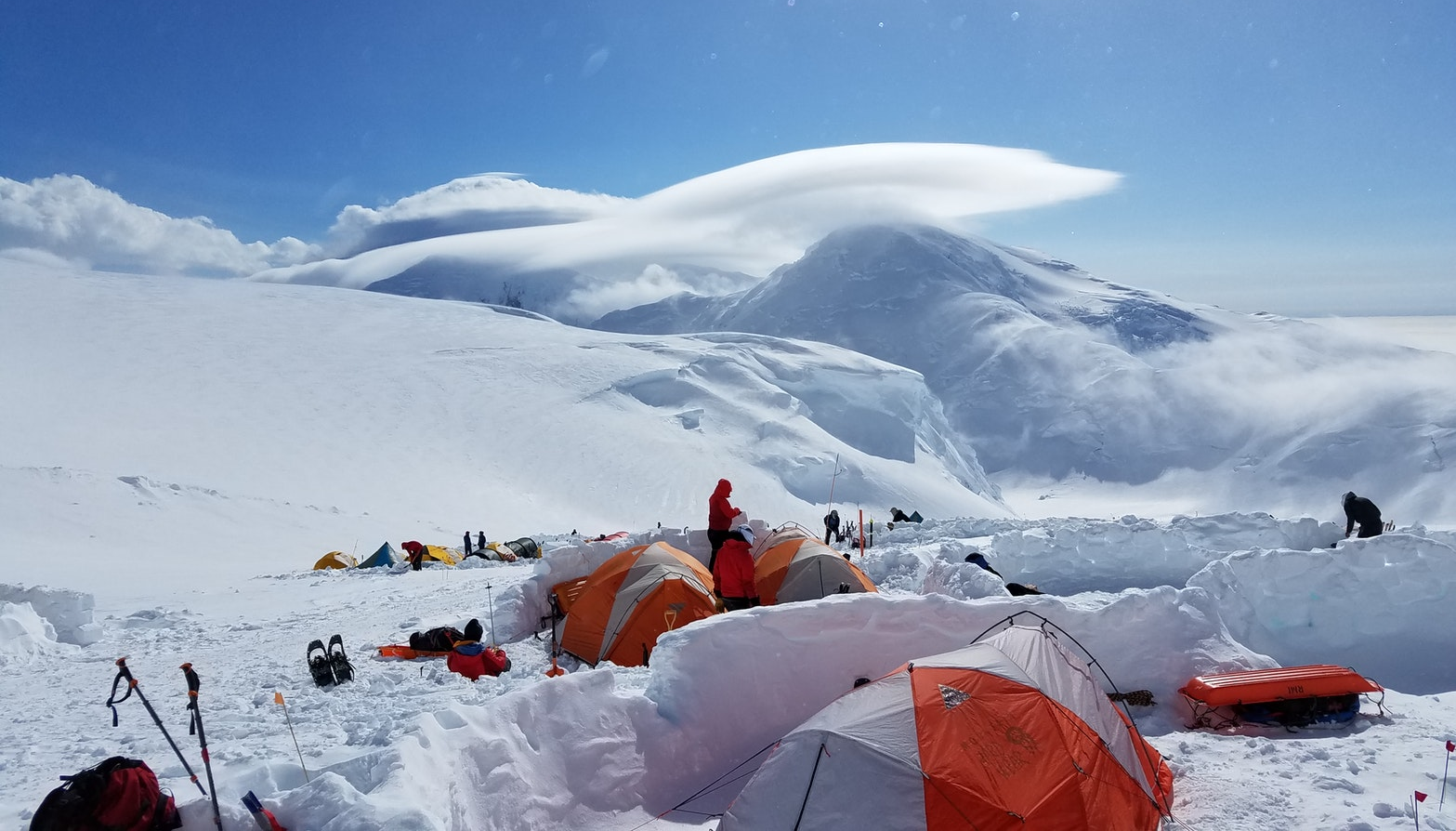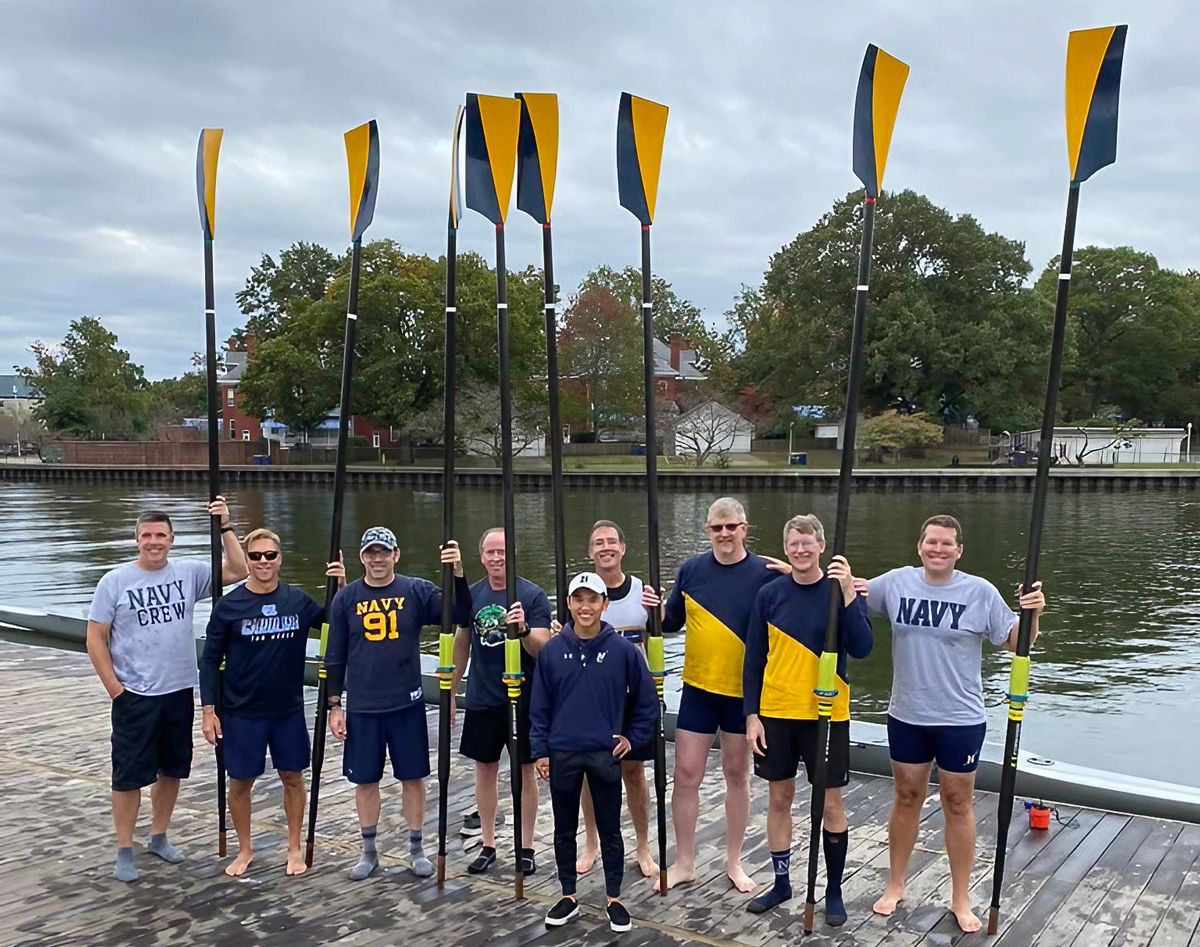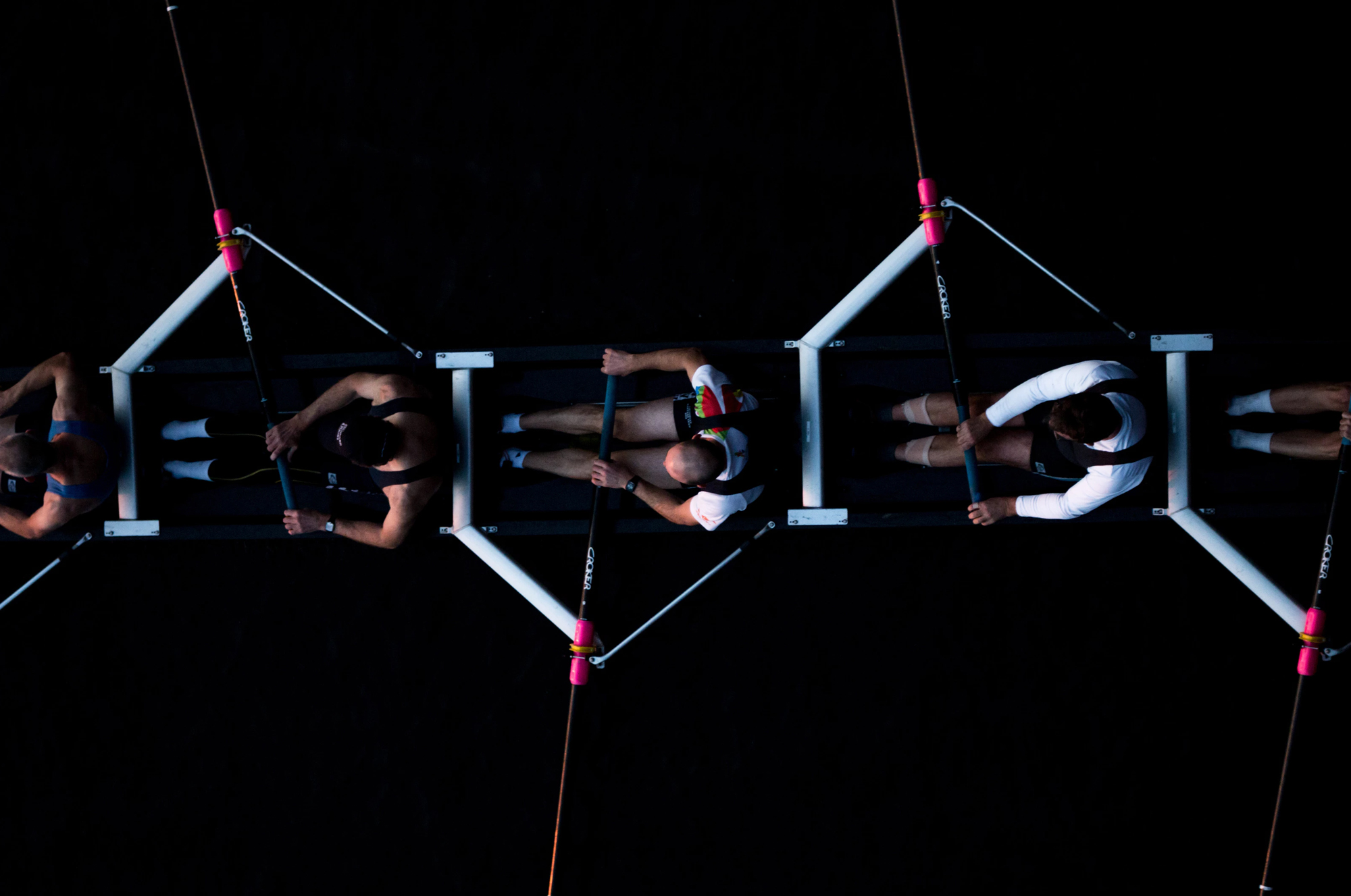May this series of posts inspire you to willingly move from your comfort zone into your struggle zone to push you past your current limits. Climbing Denali (Part II) covered:
- The Conversation – Summiting your First Mountain – the One in Your Head
- The “Why Am I Doing This” Conversation
- The Conversation Between the Voices in Our Head and Heart
Plan in 3D
In my book, Be Unstoppable, the second action of the “Master and Commander’s Code” is called “Plan in 3D.” The term “Plan in 3D” has a double meaning. The first meaning is planning not just for time and milestones in a normal X and Y two dimensional axis but adding a third line – the Z axis – for contingency planning. In SEAL planning, we spend almost 90% of our time planning for those less-than-5% things that could wrong, and when they do, can dramatically change the course of the mission. In our case, the larger majority of our contingency planning was handled by Walt and JM. One of the biggest contingency plans was dealing with shifts in the weather or securing the team during potentially hazardous sections of the climb.
3Ds – Define It, Divide It, Do It Daily
The second meaning of “Plan in 3D” means what the title states: the 3Ds – Define it, Divide it, Do it daily. In the case of hiking roughly 60 miles over 15 days while ascending to over 20,000 feet, there’s no better way than breaking down each hike into littler hikes. One day became broken down into one-hour segments of hiking. When it became too painful to think about one-hour hikes, I broke them into even smaller ones, either by time (10-minute increments) or by steps. To pass the time and keep my mind off the pain, I would often count steps. In the beginning, I tried counting every step, but that became exhausting (on one section we would do about 2,500 steps/hour). I switched to counting every other step, keeping count on my right foot (when counting by 2, I found it more stimulating for the brain). There were times when even that wasn’t enough, and I would resort to a minute-on and minute-off of counting. Once, during a snowstorm, our pace count slowed to just 19 steps per minute!
Divide Bigger Tasks into Smaller Chunks
This process of dividing into smaller chunks is called “chunking,” and I used it every day on the Denali climb. We all knew that we would “usually” only ever hike for about one hour before taking a break. I would set the dive bezel on my watch for an hour and do my best not to look at it for as long as possible. Sometimes, I made it the full hour; and other times, I made it about 5 minutes. In either case, I created positive conversations in my head while giving my mind no more than an hour to focus on the task at hand. I did exactly the same thing in SEAL training and on long mini-sub dives, as well as when I was growing a company and writing a book. In fact, in anything that requires multiple hours of work (like writing this particular post!), I chunk it. I find it overwhelming if I focus on how much work is involved in, say, climbing Denali, or writing an 80,000 word book; so I work hard at focusing my thoughts just on the present task at hand.
Being Present
Speaking of the present task at hand – being present is another very useful technique in dealing with big scary goals. When we arrived at the fourth base camp – 14,400 feet (essentially the height of Rainier and Whitney) – we encountered our first up-close-and-personal victim of the mountain. This person had experienced frostbite and couldn’t use one of his hands, which meant he needed help for all kinds of tasks, from eating to putting his boots on. Seeing his lollipop-sized blistered fingers was unsettling, and you couldn’t help yourself from thinking about getting frostbite. Mr Frostbite starting telling us stories of how cold it is above us and how he wished he had done things differently. Hearing his stories made my mind wander into all kinds of what-if scenarios and about dealing with the cold above us.
Stay Focused on the Present
As soon as he left the cook tent, Walt flatly stated: “don’t worry about frostbite – stay focused on what I tell you and we’ll be fine.” When we asked about the weather, he just shrugged with a nonchalant reply of “weather is fine right now – who knows what it will be tomorrow?” And he was right – stay focused on the moment you are in, and don’t psych yourself out about something that you have no control over and what unknown thing tomorrow will bring.
When tomorrow did come, snow came with it, and Walter announced that today was a good day to hike. We all looked at him somewhat in disbelief. He explained that when it’s snowing, it’s usually warmer, and today was no exception. The snow wasn’t heavy, and we stayed warm while focusing on putting one foot in front of the other. No matter the situation – keeping your focus on the present helps deal with any demons of doubt that might come knocking to psych you out!
Don’t Forget to Enjoy the Moment
There’s one other component of Being Present that I found helpful if not downright joyful – enjoying the moment. A few weeks before flying to Alaska, Chip, Brett and I had dinner with a gentleman nicknamed “Brownie” who essentially lived at Camp Four of Denali for three months. While we peppered him with questions, from dealing with the cold to preparing for the climb, he kept repeating “don’t forget to enjoy the moment.” He would remind us of the beauty that we would be surrounded by, and made us promise that we would lift our heads and take in the sheer awesomeness of our surroundings. I can’t say that the beauty took away all my pain and suffering at the end of an hour of hiking, but I can say it gave me deep appreciation and perspective for that moment.
Teammate Strength
Without question, one of the other elements that helped carry me through the entire climb was my teammates. Each one of us had nothing to hide – there are no false pretenses or façades to break through. We each carried our emotions on our outer jacket’s sleeves, and that authenticity was hilarious and comforting. There were times when we would look at each others’ suffering and just begin to laugh. We found humor in everything from going to the bathroom – an ordeal at 17,000 feet – to snot dripping down our noses. Humor lets in the light when you’re in a dark place. SEAL Team is no different when it comes to humor. Finding ways to embrace and share humor is a morale booster. The moment you’re laughing is the moment you’re not thinking about your current condition.
We witnessed some bizarre things on the mountain, and one of them was two Russian men fighting. They were literally throwing punches at each other, but because of the altitude and their physical condition, they had to rest in between each punch they threw. We saw people yelling at each other, and we heard of others disregarding their teammates’ safety to such an extent that a helicopter was needed to rescue one of them before his brain hemorrhaged (he had high altitude cerebral edema). When you are deciding to venture past a limit, and others are required, make sure those other people are supportive of your objective and NOT destructive. I’ve done several hikes, but I have only ever hiked with a small handful of friends – friends that I know who have my back when I am at my worst.
Struggle Builds Strength
As I said in my previous post, I strongly believe that the more we push ourselves, the more we grow in experience and confidence – the struggle builds strength. I share these thoughts with the aim to inspire you to take action on something that pushes you into the unknown – perhaps past a perceived limit or perhaps to experience something only a few will ever appreciate.





